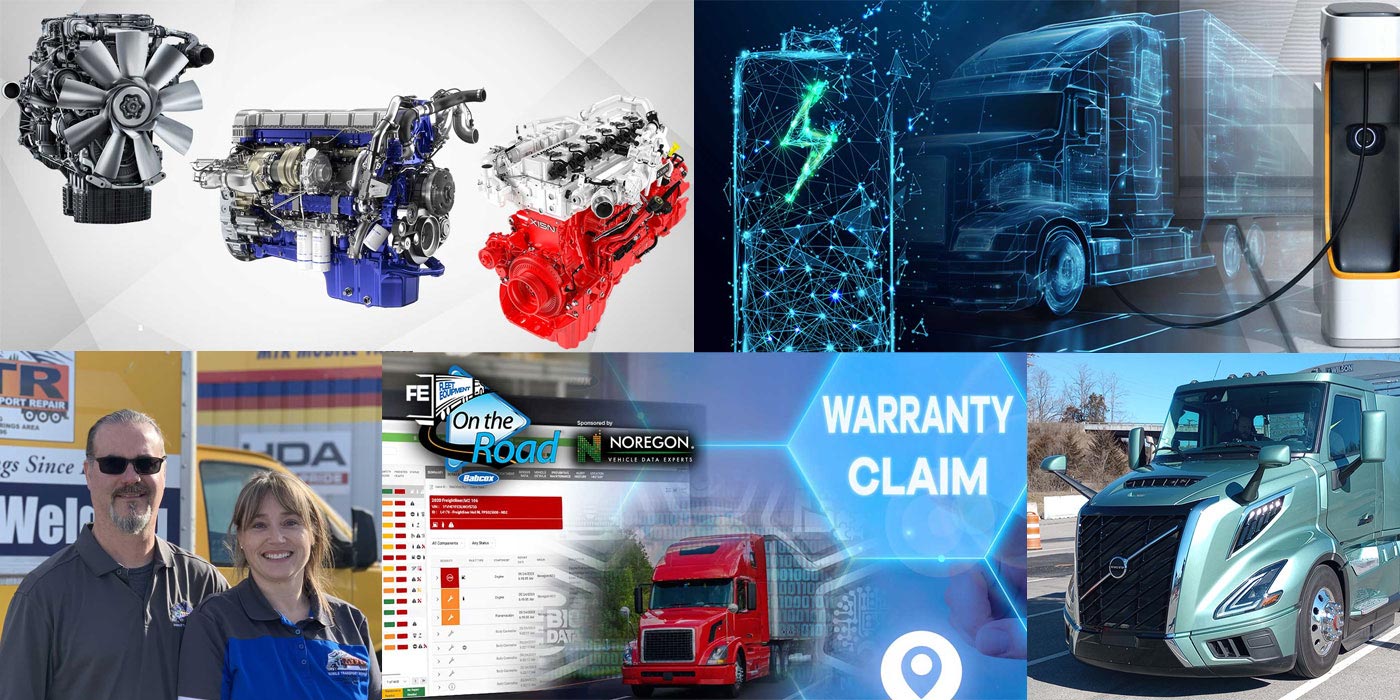The directive approach
The headline may appear to be somewhat strong limiting a sense of team work, committee-type leadership, group building, etc., but it is a reaction to a mission statement I saw on a wall poster of a huge company that read: “Everyone get involved in everything.” I might add that because it was one of my clients, I did get involved with everything, but spent more time stopping all the resident “experts” from getting overly involved.
In a related situation, when the chief operations officer of a larger company made a swooping change of a the fleet’s director of maintenance and two additional staff members, he handed me “the keys to the castle,” and told me I had 60 days to make everything “right,” and the balance of the year (within nine months) to hone and polish procedures. The chief operations officer added, “If this location is not the low cost provider it needs to be, we will out-source the maintenance operations, and you are “GONE.” He did say it in a nice, professional way, though.
I am happy to report that we did accomplish the goal—it was not I alone—but with the existing fleet employees. However, it was not done without a cultural change that included putting new practices in place and changing the mindsets of 20- to 30-plus year employees. Here are a few of the things that took place. A young, aggressive, but naive technician was plopped into a maintenance shop leadership position—vehicle repairs. The parts room was separated from his control and a shop’s aggressive female employee took on the administrative part. All reporting came to me separately, with planned communication between each party. After three years of coaching, carrying out fleet maintenance training, setting up the shop and parts departments like a “super market,” it is now one of the finest operations I have ever put together with an arsenal of team players, who can take pride in their accomplishment and how they turned things around.
Non-directive approach
Now that this operation is smoothed out and people have grown, injected with their own grown experience, my management visits have become less frequent , this team has done a great job and birds must fly from the nest, keeping 150 tractors and 500 reefer trailers on the road daily.
Upon my last visit, as I park the car I notice in the back of a service truck a portable battery pack, to jump start a vehicle I assume. I stroll towards the shop and check out the battery core storage area hunting for the “green stuff.” I continue my entry into the garage and see two starters in the parts off/core shelf in the shop bay. They are in the original new engine color, so I know the miles. Again I see two trucks that have battery chargers attached one in the PM bay and one in the repair shop. My stomach starts to churn as observations signals me something is wrong.
Continuing the tour of the PM bays, I notice that filters readily available; I see the tire stud torque wrench (set to 600 ft. lbs.), but not the battery load tester. As I continue to stroll thru the tools storage area, I see the load tester positioned neatly in its place. Continuing my tour greeting, all the employees along the way, I end up in the parts room and spot the back up load tester. Get the idea of what I have noticed in the first 15 minutes of my visit?
During lunch I have the opportunity to sit with two new trade school hires (on the job for three months). They both tell me how much they have learned in their first three months in the PM bay and say that they are grateful for the learning opportunity in this efficient fleet. I ask them how you do like the process and detail within the PM form. They respond that it is quite clear what must be performed. Then I ask them, “Are you finding any batteries that do not pass the load testing procedure on the sheet?” To which, they respond, “No, we do not do that part,” I smile and ask how about the pressure testing of the radiator, they both respond, “We do not do that either.” The third and last question, “Do you raise the front end to grease the kin pins and shackles?” The eye contact ended, and you can probably guess their response—“We were told not to do that because we do not have enough time to complete the PM, so we do not do those checks as the PM sheet describes.” I ask who makes that decision, and they tell me it was the “guy” who trained them.
The tour continues after lunch in the parts room with the supervisor. I look for an opportunity to start the dialogue about procedures. As we pass the backup load tester, I ask him what it might be doing here.” He replies that it is the spare. I suggest that he may want to put it in the PM bay to be readily available, He defensively responds, “I do not have time to load test each truck at PM. I just do it when there is an issue.” A strong, directive dialog follows. I point out that procedural directions have been breeched and this needs to be corrected, regardless of the pressures to turn trucks out during PM inspections.
I remain convinced—maintenance is not a democracy! Good consistent leadership is necessary to stay consistent.
For more information, visit www.darrystuart.com or email comments, questions or requests to Darry at: [email protected].














